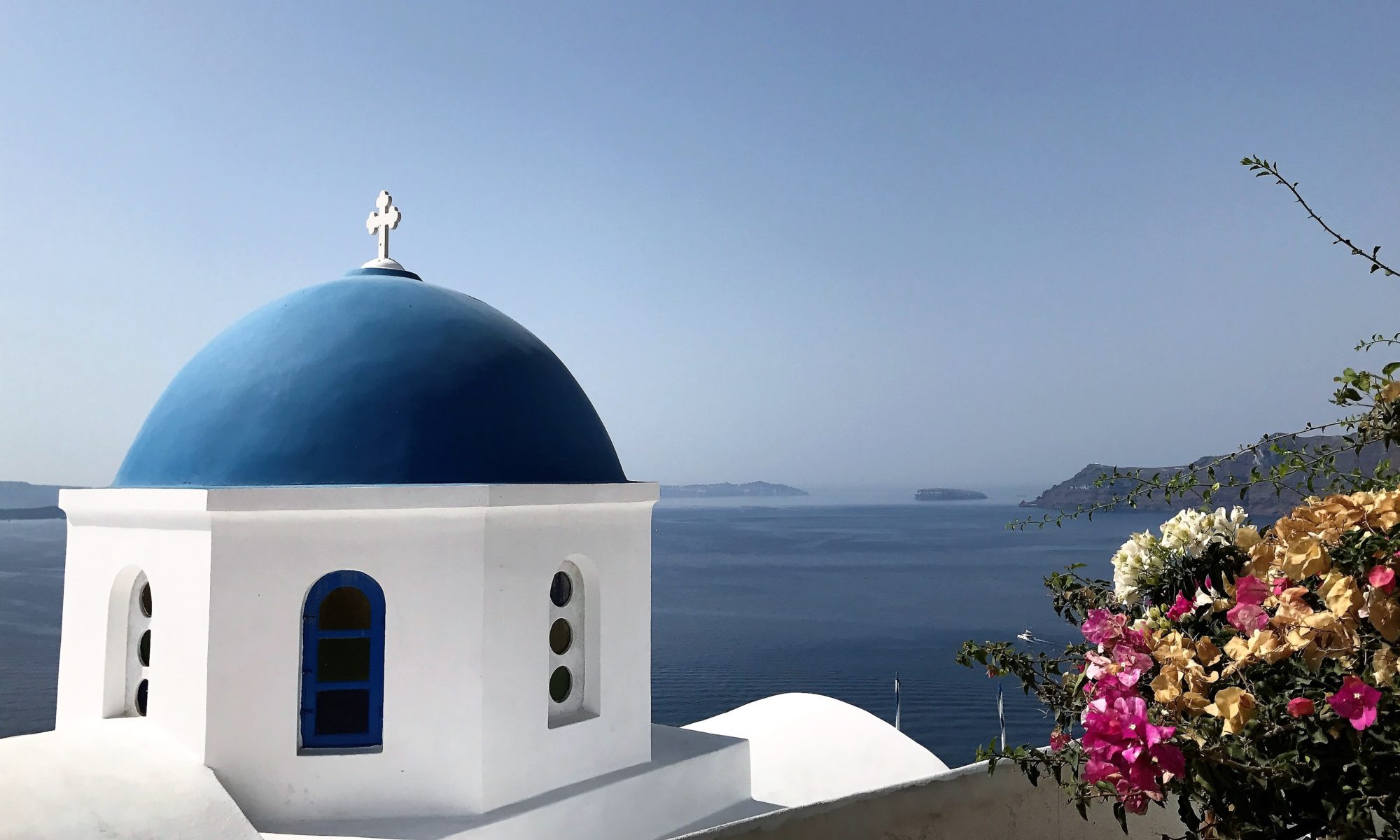
Wandering through the sprawling parklands of Nymphenburg Palace in Munich, I find myself discovering more than just grand architecture and manicured paths. Nestled beside a quiet pond, the Pagodenburg feels like a portal to another world. A pocket of calm, color and culture that brings a distinctly exotic flair to the Bavarian court’s backyard.

Built between 1716 and 1719, the Pagodenburg was commissioned by Elector Max Emanuel as a tea house and retreat, a place to relax and entertain in style. The name itself hints at its Eastern inspiration, drawing from the fascination with Chinese art and design that swept through Europe in the 18th century. But this isn’t a true Chinese building; it’s what they called chinoiserie – a European interpretation of Asian aesthetics, filtered through Baroque sensibilities.
A Touch of the Exotic
From the outside, it’s a charming two-story pavilion with symmetrical lines and a distinctive roof that nods to Asian design. As I step inside though, the real magic begins.

The ground floor is richly decorated with blue-and-white Delft tiles, each hand-painted and imported from the Netherlands. It’s a cool, serene space – elegant yet understated.

Climb the staircase to the upper level and I’m greeted with a vibrant contrast. Walls are painted in deep reds and golds. Here are the lacquer-style panels and delicate oriental motifs that transport me straight to an 18th-century Far East fantasy.

What’s wonderful about the Pagodenburg is its intimacy. Unlike the grand palace halls, this little pavilion invites me to linger. Here I imagine sipping tea by the windows, listening to the water lapping outside and to enjoy the blend of cultures and craftsmanship on display. It wasn’t built for showy banquets or grand receptions like some of the palace rooms. It was a private hideaway, a little escape for those lucky enough to be part of the court.

As with the nearby Badenburg, the Pagodenburg reflects a broader European trend of blending leisure, art and a curiosity about the world beyond. It’s a quiet but meaningful reminder that even centuries ago, people craved a taste of the exotic—something different, beautiful and just a bit whimsical.
Good To Know
If you’re exploring Nymphenburg Palace, don’t skip the garden pavilions. The Pagodenburg, with its artistic fusion and tranquil setting, is a favorite, small in size but packed with character and charm.

If you’re exploring Nymphenburg, the Pagodenburg is absolutely worth the detour. Also in the Nymphenburg Palace series:
Pagodenburg is part of Nymphenburg Palace and its buildings which require an entrance ticket. The grounds are free to enter.
Would I Return?
Yes.

